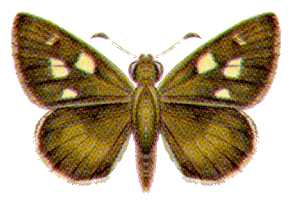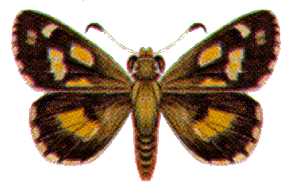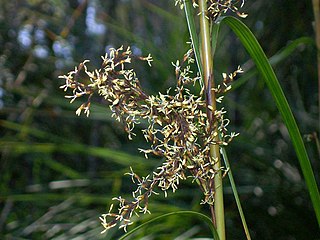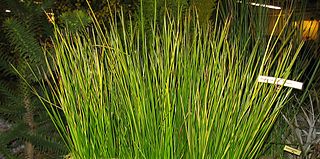| Red-fruit saw-sedge | |
|---|---|
 | |
| Ku-ring-gai Chase National Park, Australia | |
| Scientific classification | |
| Kingdom: | Plantae |
| Clade: | Tracheophytes |
| Clade: | Angiosperms |
| Clade: | Monocots |
| Clade: | Commelinids |
| Order: | Poales |
| Family: | Cyperaceae |
| Genus: | Gahnia |
| Species: | G. sieberiana |
| Binomial name | |
| Gahnia sieberiana | |
Gahnia sieberiana, commonly known as the red-fruit saw-sedge, is a tussock-forming perennial plant in the family Cyperaceae, endemic to Australia. It is a widespread plant that favours damp sunny sites. Many insect larvae have been recorded feeding on the red-fruit saw-sedge. It may grow over 2 metres (6 ft 7 in) tall. [2]
Gahnia sieberiana was described by German botanist Carl Sigismund Kunth in 1837. [1] It is one of the many species named in honour of the Bohemian collector, Franz Wilhelm Sieber. [2]
Gahnia sieberiana grows as a tall strappy tussock to 2 metres (6 ft 7 in) high and wide, with rough flat leaves. [3] The leaf margins have tiny serrations that are sharp and can cut the hands of those handling the plant. [4] The tall black flowers grow in spikes from the centre of the plant and can rise another metre above the clump, [5] appearing in spring and summer. They are followed by shiny red or red-brown round nuts, which measure 2.5 to 4.0 mm (0.1 to 0.2 in) long, 1.5 to 2.0 mm (0.1 to 0.1 in) in diameter. [3]
Gahnia sieberiana is found across eastern Australia, from Tasmania to North Queensland, as well as Malesia, from sea level to an altitude of 1,200 m (3,900 ft). [4] It is found on clay and sandy soils. [6]
Seeds appear to germinate after bushfire. [6] The caterpillars of the dingy grass-skipper ( Toxidia peron ), [7] montane sedge-skipper ( Oreisplanus perornata ), [8] silver sedge-skipper ( Hesperilla crypsargyra ), [9] flame sedge-skipper ( Hesperilla idothea ), golden-haired sedge-skipper ( Hesperilla chrysotricha ), [10] heath sand-skipper ( Antipodia chaostola ), [11] sword-grass brown ( Tisiphone abeona ) [6] and northern sword-grass brown ( Tisiphone helena ) feed on the leaves. [12]
For Australian gardens, Gahnia sieberiana has been suggested as a native replacement for pampas grass ( Cortaderia selloana ), which is a noxious weed there. [5] Cultivation is hampered by difficulties in propagation by seed. Clumps can be divided to make more plants. [5]

















